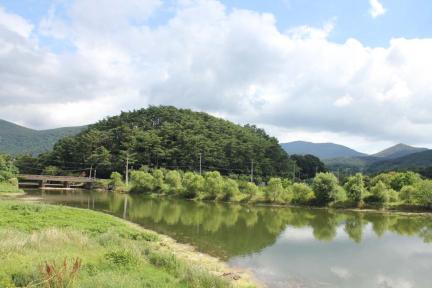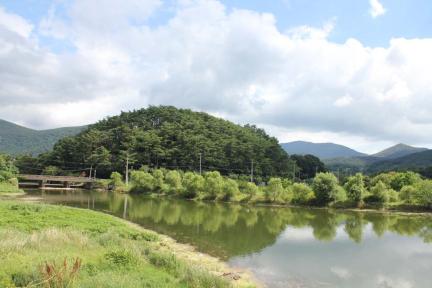종목별 검색
명승
광주 환벽당 일원 (光州 環碧堂 一圓)Hwanbyeokdang Pavilion and Surroundings, Gwangju
| 분 류 | 자연유산 / 명승 / 자연경관 |
|---|---|
| 수량/면적 | 26,832㎡ |
| 지정(등록)일 | 2013.11.06 |
| 소 재 지 | 광주광역시 북구 충효동 387-0 |
| 소유자(소유단체) | 한국농어촌공사 외 |
| 관리자(관리단체) | 광주시 북구 |


명승
광주 환벽당 일원 (光州 環碧堂 一圓)Hwanbyeokdang Pavilion and Surroundings, Gwangju
| 분 류 | 자연유산 / 명승 / 자연경관 |
|---|---|
| 수량/면적 | 26,832㎡ |
| 지정(등록)일 | 2013.11.06 |
| 소 재 지 | 광주광역시 북구 충효동 387-0 |
| 소유자(소유단체) | 한국농어촌공사 외 |
| 관리자(관리단체) | 광주시 북구 |

ⓒ 2000. CULTURAL HERITAGE ADMINISTRATION. ALL RIGHTS RESERVED.



 국가유산
국가유산


